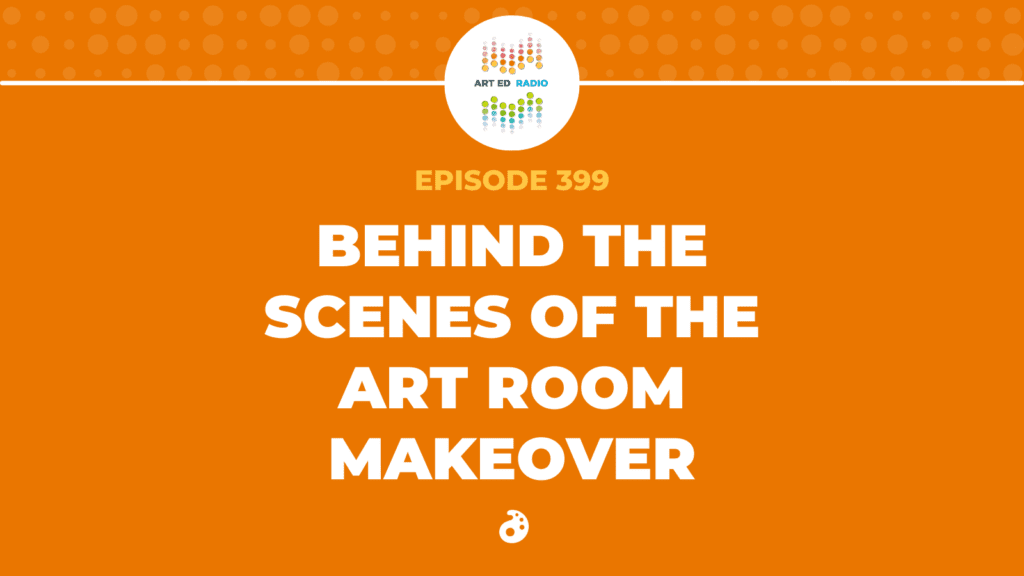Related
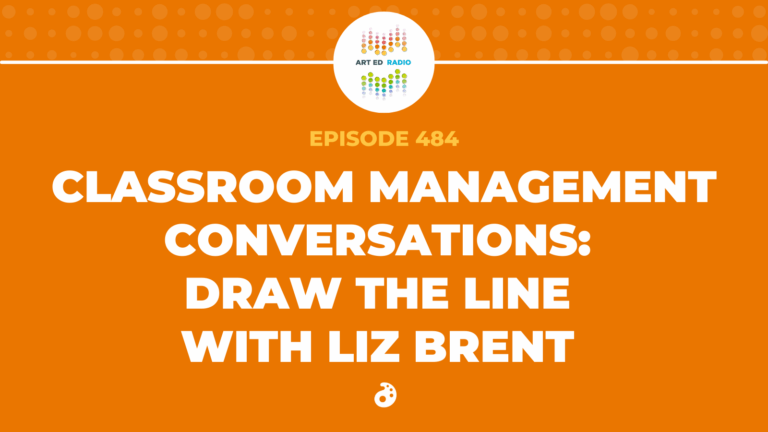
Podcast
Classroom Management Conversations: Draw the Line with Liz Brent (Ep. 484)
In this episode of Art Ed Radio, Tim talks with Chicago-area high school art teacher Liz Brent from AOEU’s Draw...
Learn More
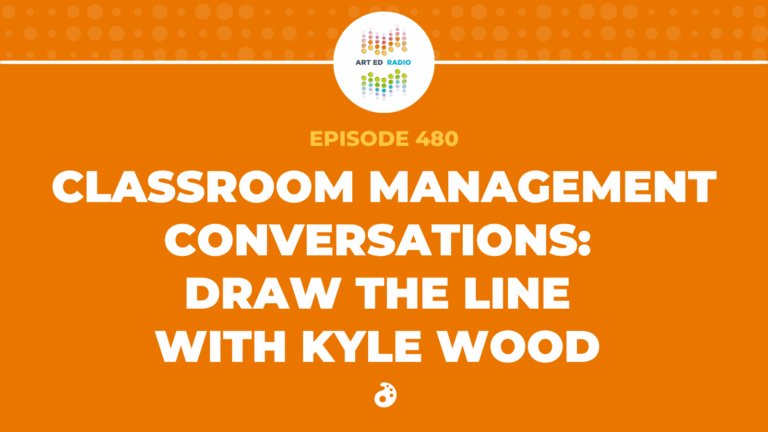
Podcast
Classroom Management Conversations: Draw the Line with Kyle Wood (Ep. 480)
Classroom management can feel overwhelming, but it doesn’t have to be complicated. In today’s episode, Kyle Wood joins Tim and...
Learn More
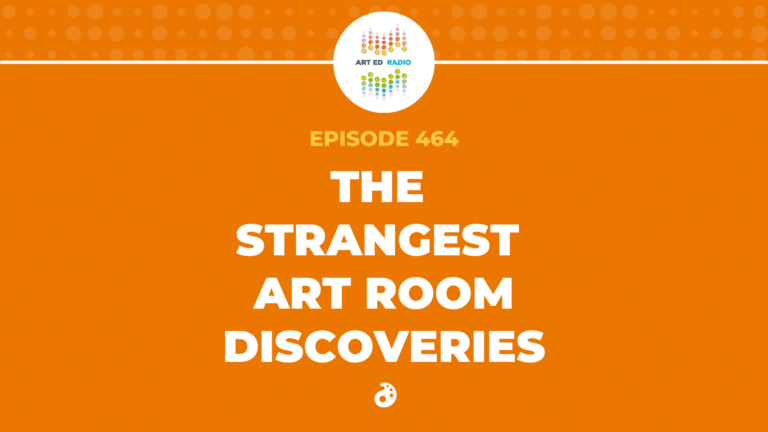
Podcast
The Strangest Art Room Discoveries (Ep. 464)
Community manager Jen Leban joins Tim today to talk about the importance of spring cleaning and the Art of Ed...
Learn More
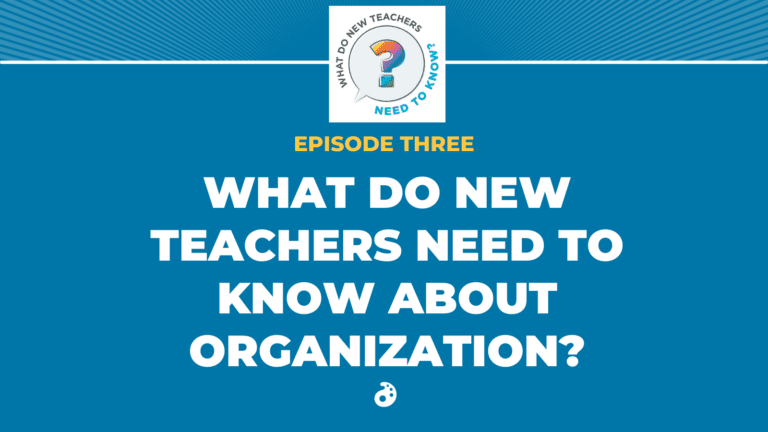
Podcast
What Do New Teachers Need to Know About Organization? (Episode 3)
In the third episode of the What Do New Teachers Need to Know? podcast, Tim and Janet discuss what new...
Learn More

